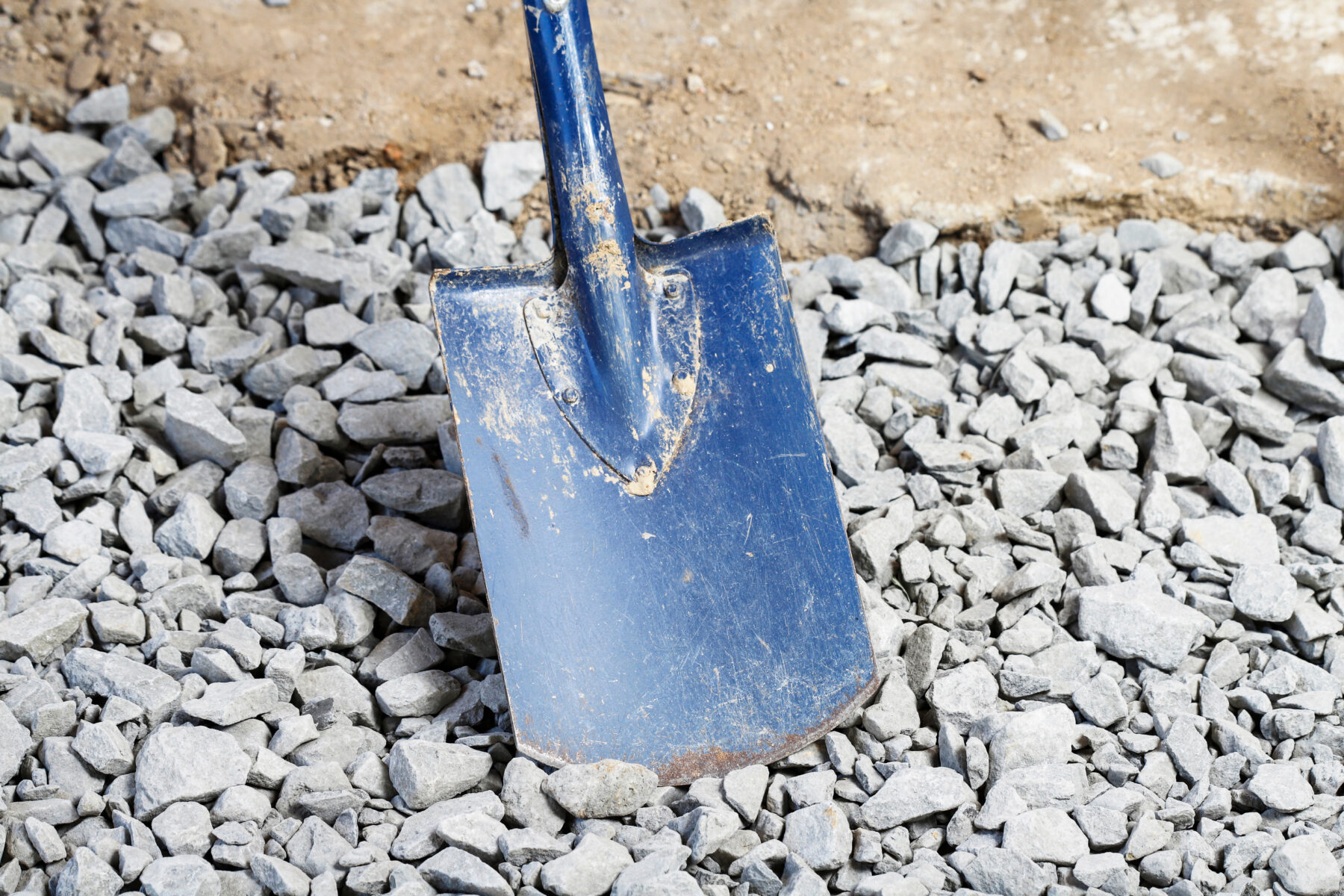Winterizing Your Concrete Tools: Storage and Maintenance Guide
November 26, 2024

Concrete equipment plays a crucial role in construction and repair work, but it can suffer serious damage if not properly maintained during the winter months. Rust, corrosion, and less tool efficiency might result from temperature swings, dampness, and cold weather. Using sensible storage and maintenance techniques guarantees that these instruments stay in the best shape and are ready for use come spring.
Preparing Concrete Tool Storage
Starting the winterizing procedure, make sure to give the tools a careful cleaning. Remove concrete residue with a firm brush and then rinse with water or a light detergent. To stop the rust from forming, the tools should be dry before they are stored. Also, use compressed air to help remove debris from hard-to-reach regions for tools with complex designs or moving components.
It’s also important to look over every tool for damage including cracks, loose parts, or even sharp edges. Fixing these problems affords a higher possibility of the instruments to continue to run safely and function properly. Sharpening blades and cutting edges will also help to maximize performance when it’s needed.
In the winter, metal tools are especially prone to rust. So, using a small layer of protective oil or a specifically designed rust inhibitor will help surfaces to stay dry. Its important to store smaller metal instruments in containers using silica gel or desiccants to control humidity levels for extra protection.
Systems of Management for Fuel
In order to manage the fuel properly, add a fuel treatment to balance it for machinery. It’s important to run the engine momentarily following the fuel treatment application so the stabilizer moves throughout the system. Also, make sure to steer clear of storing gasoline in tanks during winter to avoid residue development that could compromise engine performance.
Suggestive Storage Methods
When storing tools, it important to choose the correct site. An appropriate site would be a dry, insulated space to guard against moisture and temperature extremes. A simple way to keep tools off damp flooring is by elevating them on pallets or racks. If indoor storage is not possible, there are outdoor storage options including sheds or heavy-duty tarps.
The lifetime of a tool is greatly compromised by moisture. In order to manage this moisture in storage spaces, use moisture-absorbing packets or dehumidifiers to lower humidity. Furthermore, having appropriate ventilation will lower the risk of mildew and corrosion.
In changing temperatures, there is a high possibility of wooden handles to bent or crack. When conserving wooden handles, make sure to sand the rough areas and use linseed oil to keep flexibility and stop the cracking.
Winter Maintenance
Maintaining tools through the winter means frequent examination. These help spot early rust, corrosion, or damage during the winter. Timely interventions means that tools remain in proper operating condition.
Not only is periodically checking on tools important, but running the engines are equally important. Make sure to run whatever tool is being stored about once a month in order to keep fluid flow intact and stop the seals from drying out.
Maintenance for Batteries
The maintenance of tool batteries involves taking the batteries out of tools and keeping them cool and dry. Periodically charging them also guarantees that they are ready when needed and extend their lifetime.
When talking about long-term tool maintenance, avoid direct contact with concrete flooring since concrete stores moisture and creates rust. It’s important to put a barrier between the tools and the mats or storage racks. Also, group tools by kind or use in order to simplify for ease of use. Also, using labeling bins or boxes might help to decrease downtime. Document maintenance is also important to maintain the batteries. This helps in the tracking of repairs, cleaning, and any problems found during inspections.
Innovative Tool Care
Concrete tool maintenance is getting an upgrade by modern developments including energy-efficient equipment and fast-change tooling systems. In demanding environments, dust control systems and biodegradable protective coatings improve tool lifetime and safety even further.
Maintaining the performance and lifetime of concrete tools is highly dependent on their winterizing process. Following these storage and maintenance rules will help these investments remain dependable and ready to support effective operations when warmer weather returns.

